



Smaller Pig Populations: Biosecurity
Mark White, BVSc LLB DPM MRCVS, examines the risks of disease introduction to smaller holdings and measures that can sensibly be taken within the context of the needs of the smaller producer to minimise the risks.Biosecurity refers to those measures that can be taken within an animal keeping environment to reduce or prevent the spread of infectious diseases between animals. Thus, it can refer to:
- the ingress of infection into a population within a holding
- the egress of infection out of a holding, and
- the spread of infection within a holding, between different sections of the population.
The nature of smallholdings, hobby farmers, pet pig and smaller production farms is such that spread of disease out of the farm passively is of relatively low risk compared to a large commercial farm, and spread within the farm particularly in stable (non-dynamic) populations is less significant.
Within this article, the author concentrates on the risks of disease introduction to the holding and measures that can sensibly be taken within the context of the needs of the smaller producer to minimise risk.
How is Infection Spread?
Infectious and contagious agents (bacteria, viruses, mycoplasmas, worms, insects etc.) can be introduced into a farm by a number of routes:
- pig introduction
- introduction of semen
- introduction of pig faeces and other biological excretions from pigs, by any method
- other animal species - wild or farmed
- other carrier material, e.g. feedstuffs, or
- aerial spread
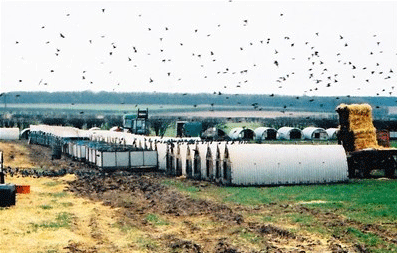
Pig Movements
The pig represents the greatest threat of disease to another pig and, as such, the introduction of new animals to your herd is a risk.
The risk can be minimised by:
- Making appropriate enquiries of the new source via your veterinary surgeon to verify that the source population does not carry infections which yours does not.
- Quarantining on arrival in an isolated pen/building with a change of boots and overalls between attending the existing and new population and thoroughly washing hands etc. between attendance. Depending on the risks, quarantine should last four to eight weeks.
- Vaccinate incoming pigs in quarantine against appropriate diseases they may meet after introduction, e.g. erysipelas, PRRS, PCV2 etc.
- Treat pigs in isolation for parasites. Injectable avermectin will treat sarcoptic mange, lice and worms. (Treatment subject to any restrictions relating to organic standards etc.)
Pig movements that tend to be specific to the small producer and hobby farmer are:
- attendance at shows etc.
- shared boar use between producers.
Subject to local restrictions, any pig taken to a show - with a view to returning to the holding - should be fully vaccinated and treated with avermectin immediately before leaving the farm, with treatments given every four weeks if repeated show attendance occurs. Animals returning from the show should always be quarantined on return, as above. Remember to thoroughly wash and disinfect the trailer on return.
The shared boar does present unique risks, both of spreading venereal infection (e.g. leptospira, chlamydophila) and systemic or superficial diseases. If this practice occurs locally, over time, it is likely that the health picture of all the holdings involved will equate but there remains the risk that infection gaining entry to one site may be by any route and is easily spread by the boar from site to site.
Remember: all movements off a pig holding require a movement licence and from 1 April 2012, these must be in the form of an eAML2 - the electronic based system. (See www.eaml2.org.uk, BPA and BPEX web sites.) Pet pigs require a walking licence if they are to be exercised outside of the home/holding (archive.defra.gov.uk/animalhealth/about/publication/ad).
Always ensure your pigs are well fenced to avoid roaming or escape.
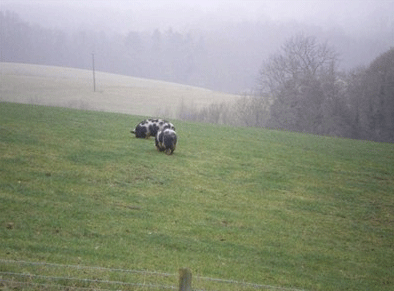
Semen
If AI is used, ensure it is derived from licensed centres where disease monitoring and declaration are undertaken. Major diseases that can be spread via semen are limited but include PRRS, parvovirus and exotic diseases.
Pig faeces and secretions
Anything that transports pig faeces or other secretions onto a farm has the potential to spread infection. These are referred to as vectors. These can include:
- transport and vehicles
- people
- birds
- pets, and
- vermin
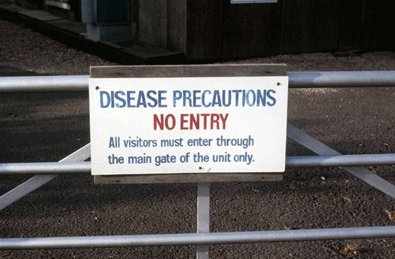
The pig-keeping area should be fully separated from any vehicular access, whether that is feed lorries, stock vehicles or other vehicles. The use of a loading ramp is ideal but is not appropriate for many small farms. Loading onto trailers at the periphery of the site from a hard standing that can be washed and disinfected is the best compromise.
People should not have unrestricted access to pigs. Of particular risk to the smaller pig keeper is shared labour, or helping out friends who also keep pigs. In such situations, thoroughly washing hands etc. and a complete change of boots and overalls between premises (both directions) are essential. Saliva or faeces on overalls can easily spread disease. The provision of a clean, fresh disinfectant foot dip at the entrance to the pigpen or area is a wise precaution but remember - the disinfectant used should still be active in the presence of organic material. Do not use iodophore-based disinfectants in foot dips.
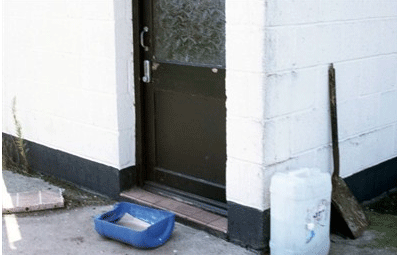
All sensible measures should be taken to reduce rodents and avoid pets - particularly those that can roam - from entering pig keeping areas.
Other Species
In smallholdings, there are often mixed farm species such as cattle, sheep, poultry and turkeys. Specific diseases can spread between species - Salmonella, ringworm, erysipelas, TB to name a few - and all sensible measures must be taken to avoid spread between them, e.g. vaccination, treatments, selection of sources.
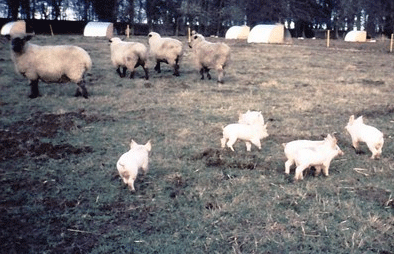
Of particular significance in the South-West of England is the issue of badgers, cattle and TB, which is now spreading into pigs. Avoid allowing pigs access to ground occupied by badgers with the same applying to cattle which may then pass on TB to pigs.
Feedstuffs
Preparatory feed obtained from respectable suppliers is rarely likely to carry infection (e.g. Salmonella etc.). These plus correctly sourced bi-products can be supplemented by grazing.
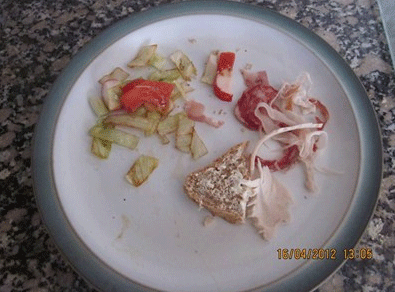
Again, specific to the smallholder and pet pig keeper waste scraps may be offered. All producers should be aware of the risks of meat and meat products containing exotic infectious agents (e.g. Swine Fever) and of the fact that it is totally illegal to feed pigs any table scraps that contain or have been in contact with meat and meat products.
Aerial Spread
A wide range of infectious agents in pigs have the ability to spread on the wind over short distances or, in some cases, many miles. The location of the small pig farm or holding relative to larger commercial enterprises and, as such, the consequent health risks, should be considered if such threats exist.
There are many risks to the health of pigs from outside the farm. Specific measures are needed in every case following the principles outlined here. By assessing risks and taking appropriate action, the danger can be minimised and the threat of health of your pigs obviated.
Further ReadingFind out more information on the diseases mentioned in this article by clicking here. |
December 2012








